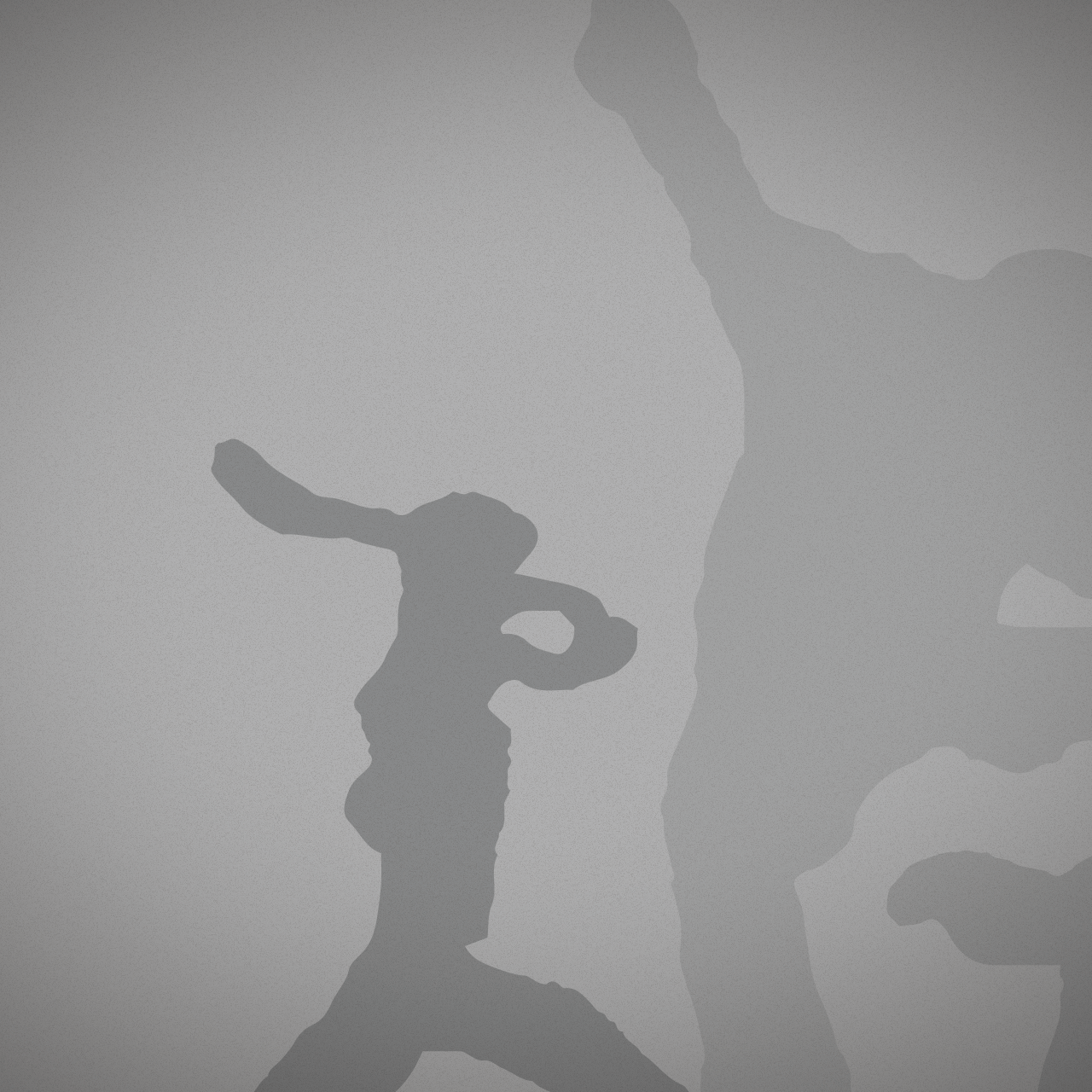Oct 22, 2013 - Broken Toe & Anatomy Trains

Broken Toe & Anatomy Trains - October 22, 2013
Shortly after we continued the CONNECT project, in fact, about a week into it, I broke my toe. This was, and still is, a bit of a curveball as everything (besides writing) requires me to be on my feet and through my toes. Within the CONNECT project and community engagement mentorship, it opened up some opportunity for learning and closed others. I was told to stay off of it for the first two weeks, so I asked Karen if I could borrow some of the books we spoke about at the very beginning of the mentorship (see the first blog in this series). I spent some time completing a review of the past forums on community engagement and formulated as concise a list as I could about what had been missed and what needed more conversation and discussion.
I spent some time researching what the "western gate" meant in relation to taijiquan, and was impressed by the author's ability to find bridges between the western mode of thinking and how it could lead to a potential misunderstanding of the practice. It has helped me to find new dimensions in some of the more yogic or energetic exercises that Karen leads us through.
I also began reading Anatomy Trains, thought I admit it has been at a snails pace as it is dense reading and includes scientific language that is foreign to me. Some of the things that stuck with me, however, are that the connective tissue is the "organ of form", and that you can look at fascia physiologically, embryologically, and geometrically. Physiologically, it is one of the holistic communicating systems, embryologically it can be seen as a 'double bag', and geometrically it can be compared to a 'tensegrity' structure.
An interesting description of fascia's holistic role in body and mind struck me. The depressive posture starts as a pattern of musculature that is governed by the nervous system. This posture then inhibits proper breathing and thus effective delivery of oxygen to the cells which produces a different balance of chemistry in the blood and body fluids, and raises cortisol levels. The fascial structure accommodates these new relationships by locking the physical pattern in and sets in chemical pathways in the fluids.
It is hugely rewarding to hear the physiological backing to how movement can heal and transform our health.